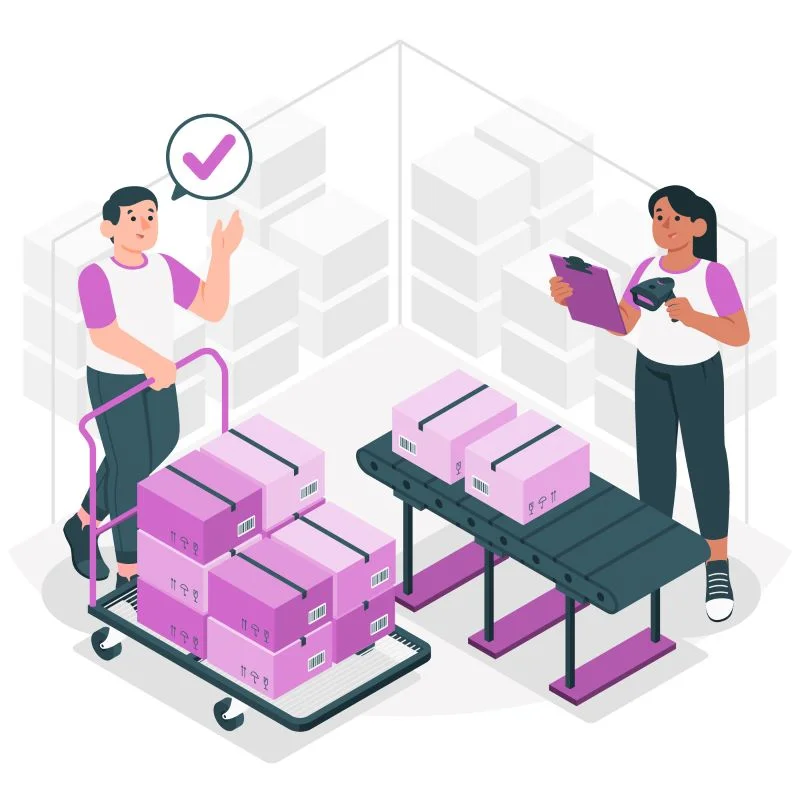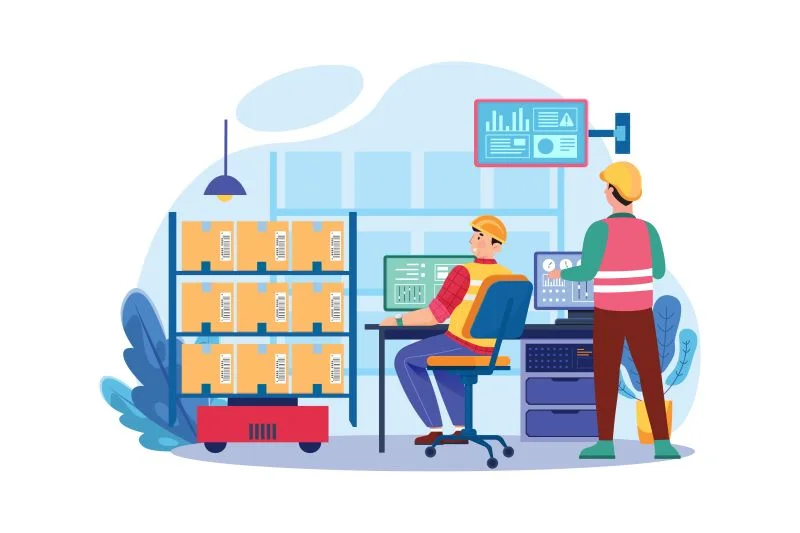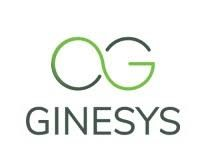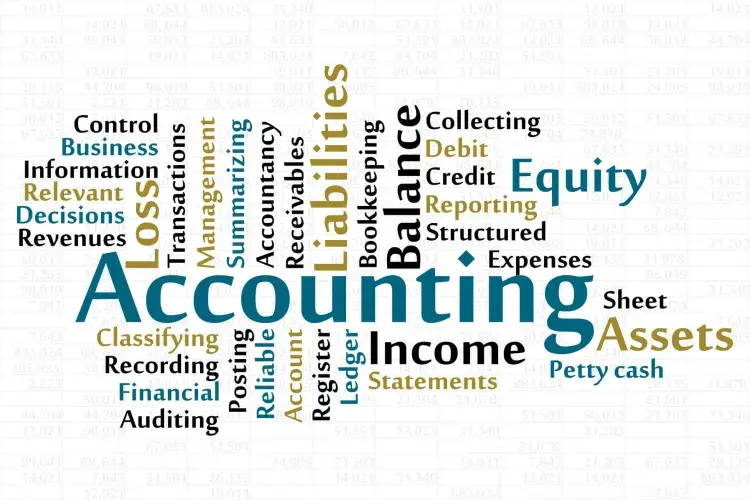Best Practices for Supermarket Inventory Management
Effective inventory management is an indispensable step towards ensuring retail success. Keeping a close tap on the inventory can be helpful in many ways, including planning stock clearance, avoiding stockouts, and growth planning. With optimal inventory levels, the decision-makers of a retail unit can work towards minimizing waste and maximizing profitability.
However, the task is easier said than done, as one must stock a variety of items to cater to a diverse audience. Also, each type of inventory item involves different considerations such as its demand, procurement costs and cycles, among other such parameters. This is why inventory planning at a large scale as is the case with a supermarket becomes even more challenging.
Importance of Inventory Management
Further, inventory management is not only important for optimizing operations but also significantly impacts customer experience (CX). For example, when businesses strive to make sure that products are readily available, they can often meet customer demands promptly. As a result, the wait time for order fulfillment is reduced, thus enhancing customer satisfaction.
For an in-store experience, a well-managed inventory minimizes errors in order fulfillment by preventing stockouts. Inventory management is also a vital factor in growth planning as the process provides keen insights into demand patterns, revealing opportunities for expansion.
In this blog, we will discuss some of the best practices that can help supermarkets manage their inventories effectively.


Implement effective inventory management, today!
Discover the Best Practices that Ensure Smooth Inventory Management in Supermarkets?
The following pointers describe some of the best practices for inventory management in a supermarket
Tracking the shelf life of products: Perishables often are a huge part of a supermarket’s inventory and thus, an effective strategy to clear stocks at an optimum rate is necessary to ensure that they are sold profitably and without waste. This is why formulating a defined strategy around the sales of these products is crucial.
A first key step towards ensuring that the perishables reach the target customers effectively is tracking the shelf life of these goods by generating daily expiry reports. In this manner, supermarket stakeholders can begin placing them at strategic points, also known as Point-of-sales counters, to grab better attention. Similarly, different prices and offers can be levied on the product, depending on the demand and the product’s proximity to the expiry date. This form of dynamic pricing is particularly during clearance sales and bulk shopping events such as Independence Day sales.
Note that, when planning a major sales event, inventory planning must ensure enough stock is there in the store to serve 3 to 4 times the regular flow of shoppers. This merchandise must be regularly pushed onto the shelves as it gets sold out by store staff.
As an ERP (Enterprise Resource Planning) solution gives a granular view of the inventory, it can be a crucial tool for strategizing the sale of products as per their shelf life and as per the expected demand.
Replenishment planning: Given that customer experience and loyalty are top retail priorities, it is important for supermarkets to keep stocking up on products in demand. On the other hand, many products may have relatively slow clearance rates or may not be prone to selling out seasonally. In such cases, a large stock of these goods can be a problem as it means a huge inventory cost is trapped with occasional profits. Also, warehouses have limited spaces, thus replenishing these items or buying the same quantity of stocks may detract the supermarket from focusing on products with immediate returns.
Point-of-sales software synced with the ERP can be beneficial in effectively replenishing inventory as it offers a real-time view of the stock levels to the supermarket stakeholders.
Verifying the stocks received: Procurement has a direct 70% impact on the finances of a business. Therefore, it is worth checking that the supplies received by the vendors are as per the terms of the contract. This step is necessary to ensure that the business maintains a quality inventory.
From a financial standpoint, checking the order against the goods received note (GRN) helps the supermarket track whether they have been charged the correct purchase rates. This practice also maintains accuracy in financial reporting and impacts the business' growth planning as procurement cost is a major factor in calculating the supermarket's profitability.


Get Started with the best Supermarket Inventory Management Solutions!
Location tracking of inventory items: The servicing time is as important as the quality of a product. Often the supermarket aisles may not have the desired quantity that the customer wants to buy. Similarly, the buyer could be on the lookout for the same item in a different size. Even if the inventory happens to be stocked with the enquired product, fulfilling the order is easier said than done as the warehouses are often huge, posing difficulties in pinpointing where the item could be.
This is exactly where the inventory module of supermarket billing software becomes helpful as it aids in keeping a tab on the bin and self-level location of products in the warehouse and in the supermarket.
- Audits: While replenishment planning is helpful in effectively procuring the inventory, it may not suffice to ensure that the business expenses are optimized. Regular audit of items in stock via cycle count helps supermarkets recognize if there has been any shrinkage, thus prompting measures to prevent it. In the event of shrinkage, audits can help supermarkets avoid stockouts. Similarly, audits are definitive ways to discover if there has been an overstocking of certain items.
- Weight barcodes: Integrating weighing scale with the point-of-sale (POS) system or generating barcodes for items sold by weight has become a must-have measure in the supermarket retail industry. This practice enables supermarkets to carry out accurate billing for items sold by weight. The barcode minimizes errors in pricing, fostering customer loyalty. Additionally, the scanning of the product reduces the checkout time, leading to faster transactions and improved customer experience, which are particularly helpful during peak supermarket hours.
- Choosing the right batch: In supermarkets or grocery stores, many items are packaged goods with MRP that varies as per the batch. The batch is usually just printed and not a part of the EAN code of the item. Hence, selecting the accurate batch of products during billing and dispatch is necessary to ensure that the products sold are accounted for, that items have been sold at the correct rates and there are less chances of pilferage. This practice ensures the retailer can adhere to regulations, verify product safety, and can swifty recall procedures if needed.
Setting sales goals: A huge part of the supermarket's experience comprises the service offered by the staff, be it in terms of helping with the billing during checkout or assistance in locating aisles and products. The staff’s service is a huge asset to the supermarket when it comes to promoting one product over the other or adding an interpersonal touch to recommending new products. Therefore, defining targets for key products in stock, if not every item, can be helpful for maximizing profits.
Before encouraging the staff to promote products, the decision-makers must outline a detailed sales strategy as well as invest in training the staff thoroughly in customer service. Moreover, adding a sales incentive/commission could be a great step towards product promotion.

Integrated software suites: Opting for integrated software suites which include POS, ERP, and Warehouse Management System (WMS) can streamline operations. In this way, the supermarket retailer gains visibility across the supply chain in real-time. This enhanced visibility into the inventory provides valuable insights for quick decision-making, be it for inventory planning or fulfilment of bug orders, among other actions.
Supermarkets that are seeking holistic inventory management solutions should note that among the host of tools in market, Ginesys One’s ERP solution is one of the noteworthy names. In the next section of the blog, let’s discover more about Ginesys One’s inventory management capabilities.
Leveraging Inventory Management with Ginesys One
One of the prime ways in which the Ginesys ERP, the ERP solution of the Ginesys One suite, can help supermarkets in inventory management is by showcasing the real-time figures of the inventory. This is because our solution is integrated with Ginesys desktop POS, Zwing web POS and Zwing mobile POS, enabling quick decision-making. The real-time inventory updating is vital for replenishment planning.
To meet the growing demands of the consumers, new products are often introduced to supermarkets, making it necessary to maintain a flexible product hierarchy structure. This is yet another factor that showcases how retail-friendly Ginesys ERP is. Our ERP tool strives to build a comprehensive three-level product hierarchy system, categorizing products into “Divisions”, “Sections”, and “Departments”. Apart from recording the item into the system, this framework facilitates easy linking of articles to various items within the inventory. The ERP offers 40+ items fields to categorize and define the items, including user-defined SKUs. The tool also supports attachment of images to the product for easy identification.
Further, our ERP and billing software can handle batches and serial codes, leading to supermarkets tracking an item to its batch and expiry date. This feature is especially helpful for FMCG products. The retail ERP supports batch and barcode scanning, along with various item selection methods. This capability of the tool empowers retailers to run quick audits and maintain accurate recordkeeping of items while enhancing efficiency in operations.

Take control of your supermarket inventory now!
We also understand that in any ERP utilized in retail, wholesale, distribution, or production settings, precise tracking of an item's purchase cost is indispensable. This functionality tracks the cost of goods sold (COGS) and raw material input costs for production, ensuring accurate financial management while aiding effective pricing strategies. Ginesys ERP's inventory management module prioritizes this feature, providing accurate COGS data and real-time valuation of available goods. The ERP being integrated with the suites WMS, supermarket staff can easily locate the items across warehouses, at the level of bins and racks.




